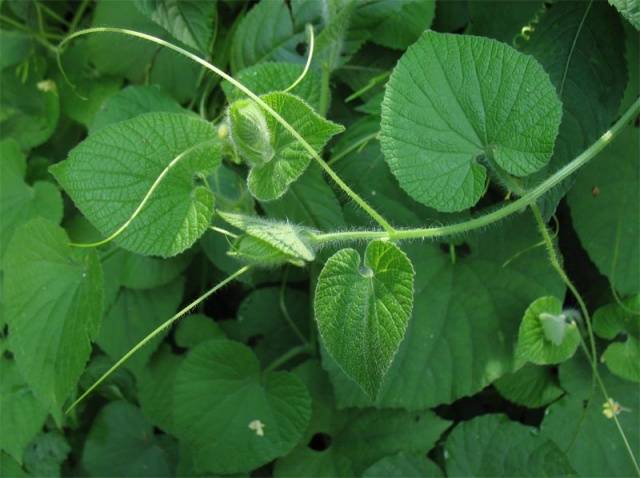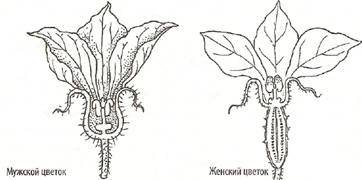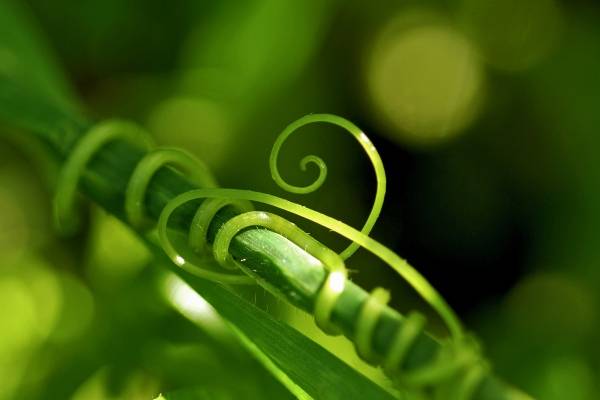Content
In order to know how to properly pinch cucumbers in a greenhouse, you need to understand why this is needed. After all, the more the plant grows, the more it will have the opportunity to give a good harvest of fruits. However, in conditions of a short growing season and a limited greenhouse space, pinching cucumbers is a measure to optimize the harvesting process.
Cucumber vines and features of their formation
The cucumber bush is, of course, not a bush in the botanical sense of the term. It's just that in agriculture it is customary to call a separate specimen of a plant called a cucumber. In fact, it is an annual herbaceous vine, which, like all plants, consists of a root, stem, leaves, flowers and fruits.
Lianas are plants with a special strategy of capturing space and keeping a place in the sun. The main thing for them is to find a support and climb up on it, where no one is blocking the sun. To do this, each liana develops its own adaptations, the essence of which is to catch on, hold on and pull up. Cucumbers are among those types of vines that use special transformed shoots called whiskers.
Despite the seeming fragility, the mustache has great strength and is able to cling tightly to the support, pulling the entire shoot to it.
The better the conditions, the more shoots the cucumber bush has. All of them are usually divided into the main whip and side ones. The task of cucumber growers is to take timely measures to form a bush. The purpose of these actions is to get the cucumber bush to yield the maximum yield with the minimum of the occupied area. This is achieved by forming a vertical support, tying, trimming and pinching.
The meaning of pinching action
Pinching cucumbers means caring for them for optimal bush formation. To do this, you need to solve the following problems:
- Reduce the number of masculine colors. They cannot be completely eliminated, since they are a source of pollen, without which there will be no fruit ovary. Most cultivated varieties are currently cross-pollinated, so the greenhouse needs to ensure that about a fifth of the pollen-producing flowers are available. To do this, it is advisable to determine in advance where and how many male flowers you will leave, all the rest must be removed. It must be remembered that, as a rule, male flowers are formed on the main shoot. Fruit formation should be expected on the lateral shoots, because this is where female flowers appear. For this reason, it is necessary to stimulate the most abundant branching. It is very easy to distinguish between male and female flowers. First, females have only a pistil, and males only have stamens. Secondly, male flowers are located on shorter and thinner legs. Thirdly, pistillate flowers have a noticeable cucumber ovary. And, finally, male flowers are placed in groups of 5-7 pcs., And female flowers - singly, or 2-3 copies.
- Eliminate anything that is not fruitful. As a rule, antennae are considered to be a secondary organ that takes over resources. In a greenhouse, this position is justified. If you save every centimeter of the confined space, you should not let the process of weaving shoots take their course. Keeping track of how the antennae cling and where they direct the whip is very difficult. It is better to simply tie the vines to the trellises, taking on the role of antennae.
- Optimize the placement of leaves, flowers and shoots. The feasibility of pinching in this case is dictated by the need to maintain the optimal level of illumination of all leaves of the vine, correct for a given variety of branching of shoots, as well as the optimal arrangement of flowers.
In order to achieve the desired result, you need to know how to pinch cucumbers correctly using certain schemes.
The sequence and features of pinching greenhouse cucumbers
The answer to the question: how to pinch cucumbers depends on what varieties you grow. The fact is that the scheme of impact on the bush with the help of pinching can be different for varieties with different types of pollination. Parthenocarpic cucumbers do not need pollinationso you don't have to worry about leaving male flowers here. For insect pollinated varieties, it is important to maintain the minimum permissible proportions of male and female flowers.
Care for cucumbers using the excess removal system must be done in the following sequence:
- The first procedure is carried out immediately after the appearance of the fifth leaf. Flowers, whiskers and side shoots are removed from the lower sinuses. It is necessary to remove any flowers, since the early fruits, formed by a not yet strong whip, are small and often irregular in shape.
- Further care involves pinching after the appearance of the seventh or eighth leaves. It is necessary to remove two lateral shoots on each side of the main stem.
- When the eleventh leaf appears, it is necessary to pinch off the top of the main shoot. This is done so that the plant does not develop too large a lash, but spends all resources on the formation of fruits.
- It is customary to grow parthenocarpic varieties in one stem. This means that you need to pinch in such a way as to reduce branching. When the main shoot reaches a height of about half a meter, all shoots, leaves and flowers must be removed from the lower part of it. Above this zone, all lateral processes must be pinched to the level of the first leaf, while leaving the ovary and several leaves.
When carrying out operations on the formation of cucumber bushes, it should be remembered that any pinching is an injury to the plant, therefore, pruning should be carried out only with a sharp and clean tool. A knife or scissors are best, which must be protected from contact with soil and other environments where pathogens of cucumbers may be located.













